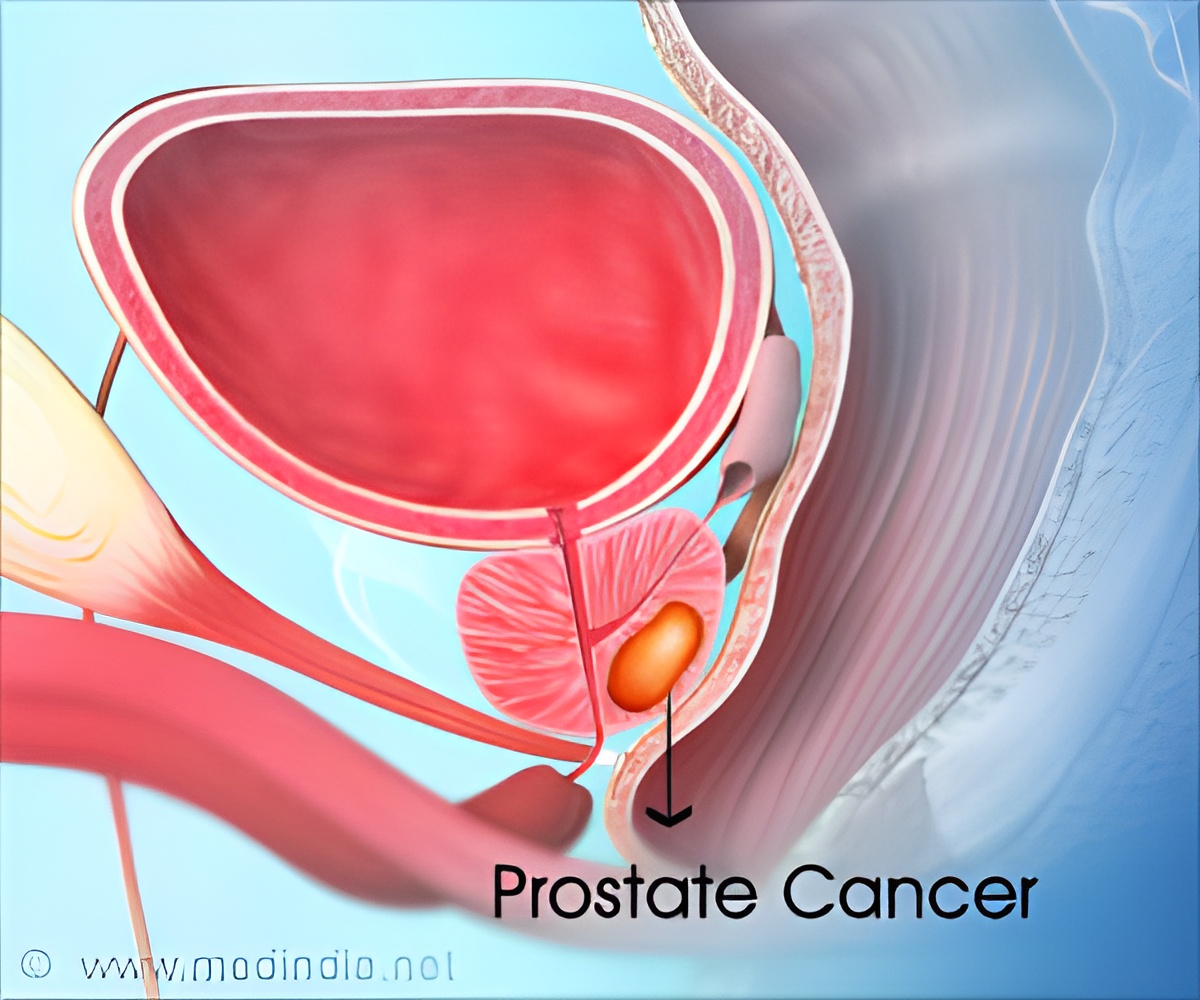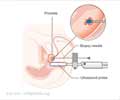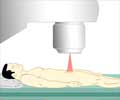
What is Prostate Cancer
Prostate cancer is the most diagnosed form of cancer, and the second-leading cause of cancer-related deaths in males in the US. This is in large part due to an incomplete knowledge of the cellular drivers behind the disease’s progression and the risk of progressing to castration resistant prostate cancer (CRPC).‘Researchers have characterized the interactions between cell-intrinsic and micro-environmental elements that underlie the development and growth of prostate cancer, and eventual resistance to treatment.’
Tweet it Now
The prostate gland epithelium – a type of body tissue that forms the surface of glands and organs – is typically composed of two types of epithelial cells: basal cells and highly-differentiated luminal cells (cells which have altered in form). However, a more stem-like, castration-resistant intermediate of the luminal cells has previously been proposed. “It has been suggested that normal luminal cells are able to transition into these progenitor cells under castrate conditions,” says lead author Alexandre Germanos, a Ph.D. candidate in Molecular and Cellular Biology at the University of Washington, US, and a graduate student at the Division of Human Biology, Fred Hutchinson Cancer Center, US. “There is evidence that these cells contribute to the initial development of tumors in the prostate and resistance to treatment in advanced cancers, although this is yet to be confirmed in other models of CRPC.”
To study this further, Germanos and colleagues used a mouse model of CRPC to create an ‘atlas of prostate cellular composition and evolution’ through the course of the disease.
The team used a technique called single-cell RNA sequencing to compare the epithelial and non-epithelial cell-type populations in healthy mice and those lacking Pten.
In the prostate of healthy mice, they observed multiple epithelial cell types – basal, luminal and luminal progenitor cells. In the prostate of mice lacking Pten, they observed an expansion of luminal intermediate cells, likely derived from three cellular sources – basal cells, luminal progenitor cells and differentiated luminal cells. This suggests that basal cells can transform into intermediate cells upon Pten deletion, supporting other findings in the field. The team also observed further expansion of cancerous intermediate cells upon hormone deprivation which significantly increased the diversity of cells within a tumour (known as tumour heterogeneity). They demonstrated that this heterogeneity can be constrained by inhibiting protein synthesis.
Prostate Cancer Treatment: New Findings
The team then sought to characterize the effects of this hormone deprivation-induced intermediate cell expansion. In the intermediate cells, they discovered that a 5-gene signature is specifically enriched. Using two datasets of bulk RNA-sequencing from prostate cancer patients, they showed that the signature is associated with treatment resistance and poor clinical outcomes. Furthermore, the signature is enriched in a subset of metastatic human prostate cancer cells – tumors that are able to spread – but not in the primary tumor cells.Advertisement
Their analysis also revealed that the prostate in mice without Pten is highly enriched for immune cells that promote the production of tumors, creating a micro-environment that helps tumors evade suppression by the immune system. Pro-tumorigenic macrophages, a specialized cell type involved in the destruction of harmful organisms, are recruited by epithelial cells and a type of cell that contributes to forming connective tissue, called fibroblasts. This suggests that interrupting the recruitment of tumor-associated macrophages may be a valid strategy to overcome immunotherapy resistance in prostate cancer.
Advertisement
“We wanted to provide a broad, searchable resource for cancer researchers and encourage further research in the area. We’ve therefore developed a publicly accessible and interactive website that allows scientists to run cell- and gene-specific queries through all 50,780 cells analyzed in our study.”
Source-Eurekalert

![Prostate Specific Antigen [PSA] & Prostate Cancer Diagnosis Prostate Specific Antigen [PSA] & Prostate Cancer Diagnosis](https://www.medindia.net/images/common/patientinfo/120_100/prostate-specific-antigen.jpg)












